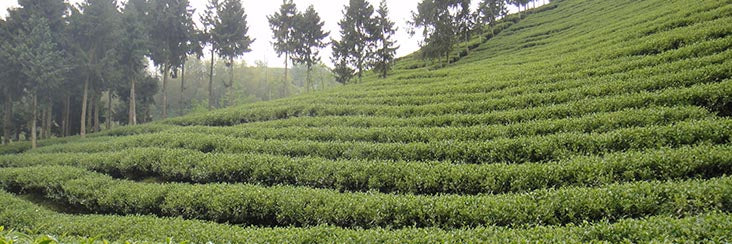
Hand Picked Tea: Should There be Stems in Tea Leaves?
Two separate conversations this past week brought up questions about the stems of hand picked tea leaves.
First, we talked about how necessary or beneficial it is to remove the protruding stems after the leaves are dried and tightly rolled. I have always appreciated a sort of natural aesthetic of letting the stems remain attached - similar to stems of vegetables that are quite edible and flavorful. My friend who participates in virtually all Taiwan tea competitions supports the removal of stems however, not only for cosmetic/appearance purposes, he says - but also because it maximizes the density or richness of the brew. I guess the most prestigious chefs would only use the nicest tips of broccoli flowers for their gourmet dishes as well. I still maintain that it is a matter of aesthetic preference that may be influenced by formulated standards of quality.
The second question was about what determines the length of the stems to which the tea leaves are attached. This question was prompted by brewing some High Mountain Oolong Tea that was harvested at a later date this past winter. The length of stems is determined by the weather conditions during the growing season. Typically, summer produces the longest stems, when the plants are growing the fastest. This past winter, the weather was unusually cold and dry early in the growing season. So farmers who harvested their crop relatively early (late October) got slightly immature leaves with short stems. At the end of the growing season, we got some rain followed by weeks of warm weather. So farmers who waited to harvest until mid-late November picked fully grown leaves with stems that were unusually long for winter tea due to this late growth spurt. Both harvests have their strong and weak points in the characters of the tea produced. As with all agriculture, we can learn to acknowledge and appreciate the variations that result from nature in constant flux.



